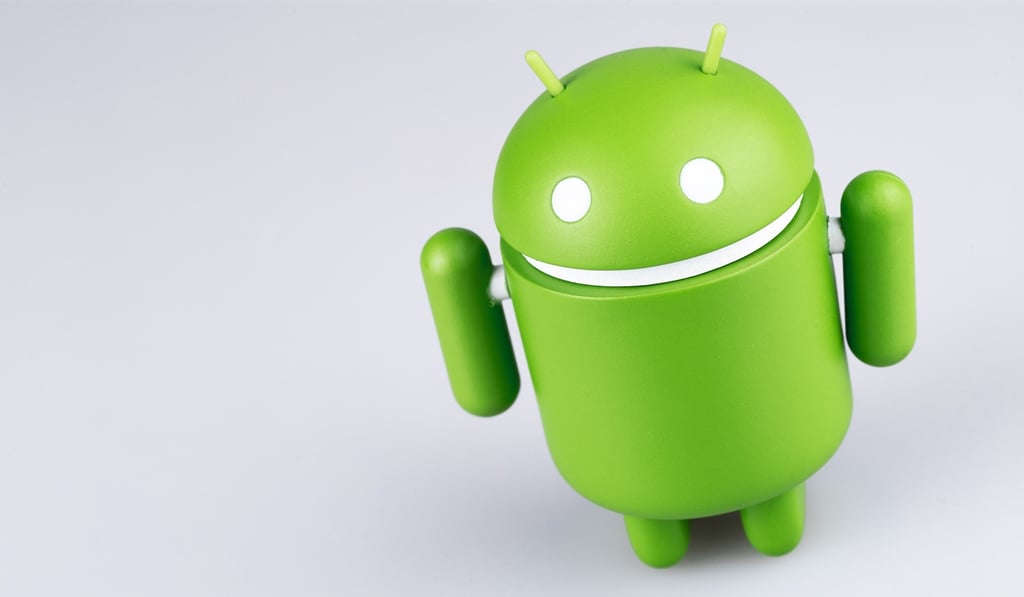Datamation content and product recommendations are
editorially independent. We may make money when you click on links
to our partners.
Learn More
Want to get a heated debate going? Just ask Linux advocates (myself included): Why is Linux not popular on the desktop?
The answers vary, depending on whom you ask: More Linux desktop applications are needed; proprietary vendors have locked Linux out of the OEMs; and (my personal non-favorite) consumers just aren’t ready for Linux. The latter is a polite way of saying they’re too dumb to figure Linux out. Now that’s a winning market strategy.
I have come to my own opinion. Linux is not yet making inroads on the desktop is simply because there’s no money in it.
Based on various surveys, Windows holds 92 percent to 95 percent of the world’s desktop platforms. Macs and Linux machines hold the rest, with Linux slightly ahead on corporate desktops and far behind on consumer machines. That’s not a big market within which to generate revenue.
Conversely, Linux has a big chunk of the server space, big enough that it’s taking share away from Unix and Windows servers. More money can be made selling Linux on server installations, so quite naturally the commercial vendors spend much time, effort and money trying to increase that market share.
Since resources are limited, it makes sense that vendors spend more effort on server sales than desktop sales.
For those who think this answer is too simplistic, I hold up a mirror example. Given its clear minority in the desktop space, how come Apple isn’t making a push into the server space with its Unix-based operating system?
This has been hanging over OS X for a while. I even talked to Apple about it earlier this year. While the company (and a lot of other people) agree there’s some real technical capability for OS X in the server room, there’s not been an open push from Apple to get more server business.
I am not the only one asking. Anders Bylund over at Motley Fool raised the question yesterday:
OK, so there’s the Xserve system with Mac OS X Server running on up to eight Xeon cores. The system gets great reviews from the industry press, thanks to a full set of enterprise must-haves like RAID storage, hot-swappable disks and power supplies, and 24/7 technical support contracts. But you can’t say that Steve Jobs and his crew are pushing this option very hard. The company doesn’t break out business-class systems in its financial reports, management has hardly even mentioned the Xserve in the last 10 earnings calls, and all of the considerable marketing muscle is flexing for consumer products like the iPhone, iPod/iTunes, and MacBook Air these days.
Bylund basically answers himself here. The simple explanation for Apple’s paltry server market share is the same as that of Linux on the desktop: There’s more money in those other markets. Apple is making solid revenue in the desktop, music and consumer handheld device channels. Why would it spend time and money to grab server market share?
Of course, just as the commercial Linux vendors are not ignoring the desktop completely, neither is Apple shunning the server business. While Apple is not launching a full-on campaign for the server space, it is making careful, targeted moves into specialized verticals like creative, education, Federal and government, and life sciences.
For Apple, it’s not a question of if it will ever make an impact on the server market. It’s just a question of when.
Brian Proffitt is managing editor of JupiterWeb’s Linux/Open Source channel, which includes Linux Today, LinuxPlanet and AllLinuxDevices.
This article was first published on ServerWatch.com.
-
Ethics and Artificial Intelligence: Driving Greater Equality
FEATURE | By James Maguire,
December 16, 2020
-
AI vs. Machine Learning vs. Deep Learning
FEATURE | By Cynthia Harvey,
December 11, 2020
-
Huawei’s AI Update: Things Are Moving Faster Than We Think
FEATURE | By Rob Enderle,
December 04, 2020
-
Keeping Machine Learning Algorithms Honest in the ‘Ethics-First’ Era
ARTIFICIAL INTELLIGENCE | By Guest Author,
November 18, 2020
-
Key Trends in Chatbots and RPA
FEATURE | By Guest Author,
November 10, 2020
-
Top 10 AIOps Companies
FEATURE | By Samuel Greengard,
November 05, 2020
-
What is Text Analysis?
ARTIFICIAL INTELLIGENCE | By Guest Author,
November 02, 2020
-
How Intel’s Work With Autonomous Cars Could Redefine General Purpose AI
ARTIFICIAL INTELLIGENCE | By Rob Enderle,
October 29, 2020
-
Dell Technologies World: Weaving Together Human And Machine Interaction For AI And Robotics
ARTIFICIAL INTELLIGENCE | By Rob Enderle,
October 23, 2020
-
The Super Moderator, or How IBM Project Debater Could Save Social Media
FEATURE | By Rob Enderle,
October 16, 2020
-
Top 10 Chatbot Platforms
FEATURE | By Cynthia Harvey,
October 07, 2020
-
Finding a Career Path in AI
ARTIFICIAL INTELLIGENCE | By Guest Author,
October 05, 2020
-
CIOs Discuss the Promise of AI and Data Science
FEATURE | By Guest Author,
September 25, 2020
-
Microsoft Is Building An AI Product That Could Predict The Future
FEATURE | By Rob Enderle,
September 25, 2020
-
Top 10 Machine Learning Companies 2021
FEATURE | By Cynthia Harvey,
September 22, 2020
-
NVIDIA and ARM: Massively Changing The AI Landscape
ARTIFICIAL INTELLIGENCE | By Rob Enderle,
September 18, 2020
-
Continuous Intelligence: Expert Discussion [Video and Podcast]
ARTIFICIAL INTELLIGENCE | By James Maguire,
September 14, 2020
-
Artificial Intelligence: Governance and Ethics [Video]
ARTIFICIAL INTELLIGENCE | By James Maguire,
September 13, 2020
-
IBM Watson At The US Open: Showcasing The Power Of A Mature Enterprise-Class AI
FEATURE | By Rob Enderle,
September 11, 2020
-
Artificial Intelligence: Perception vs. Reality
FEATURE | By James Maguire,
September 09, 2020
SEE ALL
ARTICLES







